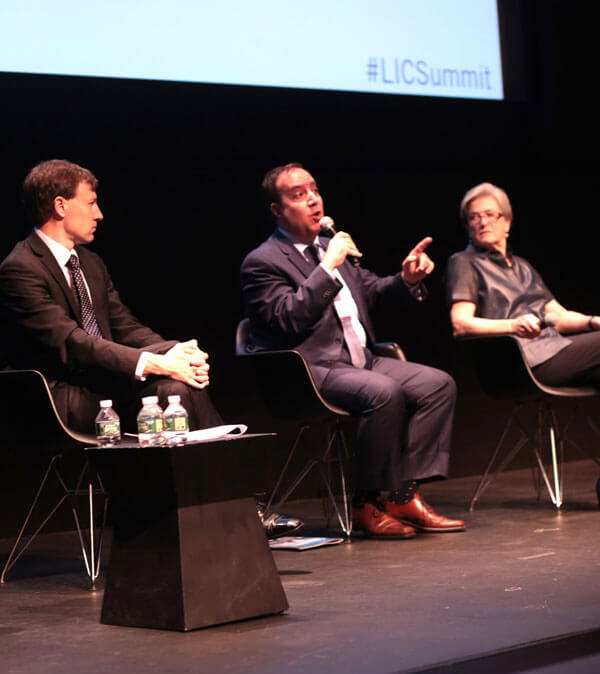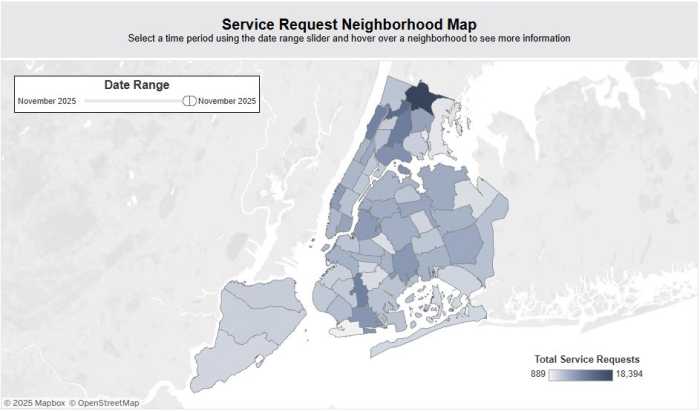By Angelica Acevedo and Bill Parry
More than 300 leaders in business, tech and real estate gathered Tuesday at the Museum of the Moving Image in Astoria for the 4th Annual LIC Summit, a daylong forum exploring issues affecting a neighborhood that has been experiencing explosive and unprecedented growth.
A recent report from RENTCafe, an online apartment search company, found that between 2010 and 2016, Long Island City saw the creation of more apartment units than any other neighborhood in the nation with 12,533 — outpacing Downtown Los Angeles’ 7,751 — with another 21,500 in the planning or construction stage, according to the LIC Partnership, which sponsored the LIC Summit.
“Long Island City, which the LIC Partnership serves, is very much a part of Queens as much as it is very much a part of the city as a whole,” LIC Partnership President Elizabeth Lusskin said. “I think people in Queens understand it as an incredibly important center for jobs and goods and services as well as residential. Part of what we’re doing here today, and at every summit, is to help educate the larger world of the importance of LIC and the western Queens community that surrounds it and works with it. It’s very important that we all recognize the importance, both socially and economically, of what happens here and also think together how we foster that, how we keep that happening, and how we encourage investment at the same time as we shape investment towards a great mixed-use future for LIC.”
James Patchett, the CEO of the New York City Economic Development Corporation, said the city has undertaken initiatives for job creation, especially in the tech sector and neighborhood improvement, such as transportation.
“We’re putting our thumb on the scale to encourage more office development, particularly in places like Long Island City, which are located so close to the core of Manhattan,” Patchett said.
Kathryn Wylde, president and CEO of the Partnership for New York City, has spoken at all four LIC Summits, and she congratulated the LIC Partnership, the business community and the residents of LIC.
“I live in Brooklyn, and much of Brooklyn feels like a victim of its own success, and I think you got ahead of that more than any other community in the city by getting organized early, planning early, paying attention to what was going on,” she said.
“The Regional Economic Development Council has seen Long Island City as a very positive place to invest. I think the state has been aggressively supportive along with the city. In terms of the private sector, you have great leadership from your local business community.”
Seth Pinsky, a former Bloomberg administration official who served as president of the NYCEDC from 2008 to 2013, brought up the challenge of the neighborhood balancing the old with the new.
“Figuring out how to maintain that mix is really critical,” he said. “Neighborhoods get in this perfect state of equilibrium where the old is still preserved, but the new has come in and reinvigorated the neighborhood. But then it tips and eventually the new overwhelms the old and the neighborhood is still a wonderful neighborhood, but it no longer has that vital mix. The question here in LIC is: How do we keep it from tipping?’ And it’s hard. I’m not sure anyone in the world who runs a successful city has figured out what that magic formula is.”
Reach reporter Bill Parry by e-mail at bparr








































